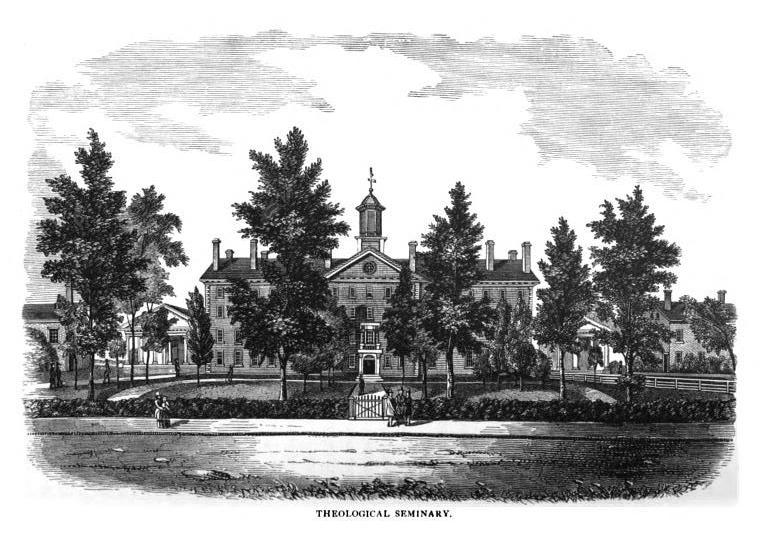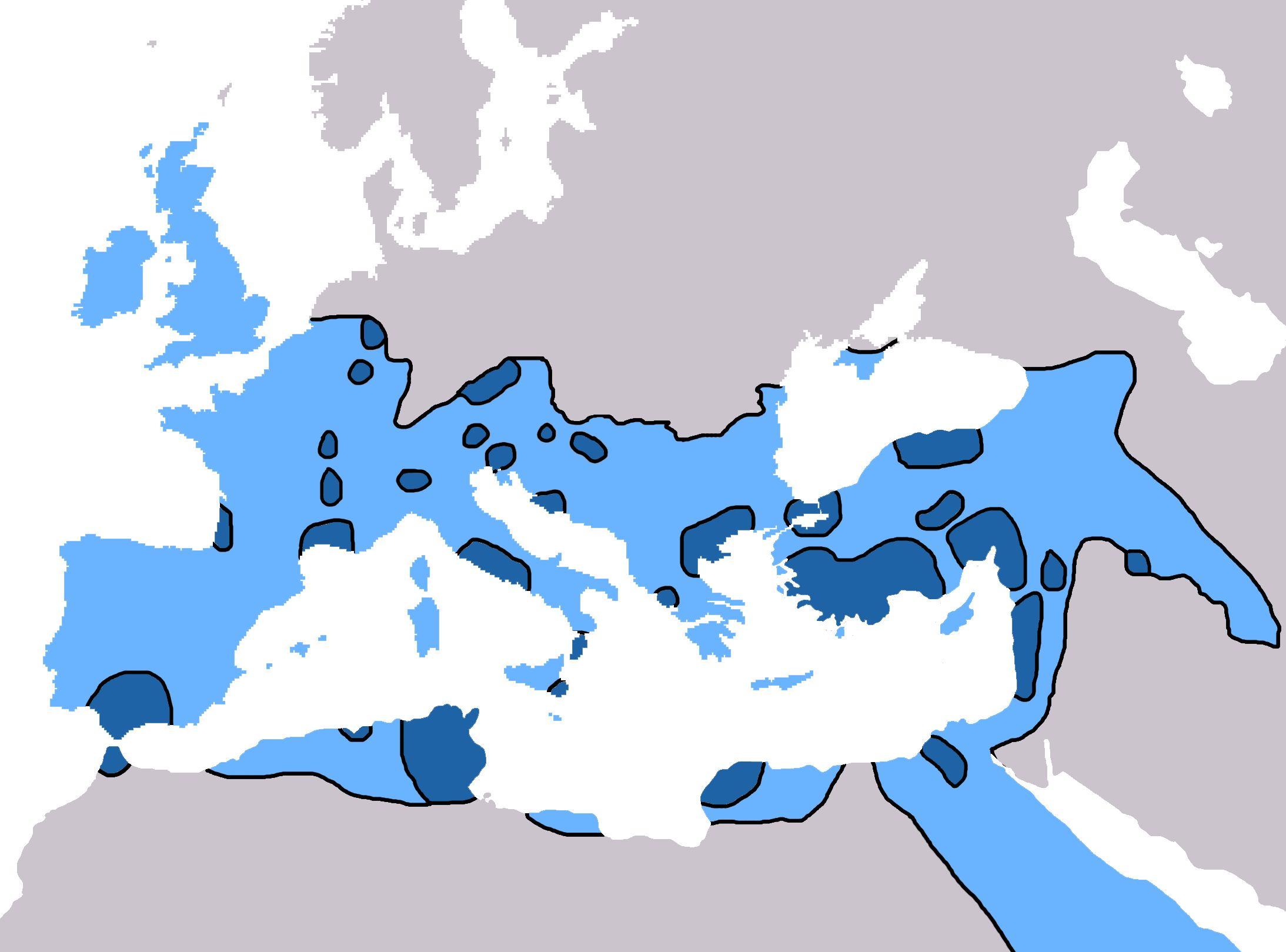|
New Interpreter's Dictionary Of The Bible
The ''New Interpreter's Dictionary of the Bible'' is a five volume dictionary of the Bible. The volumes were released by Abingdon Press from 2006 to 2009. This work contains 8,400 articles written by 900 scholars from forty different countries. The general editor is Katharine Doob Sakenfeld, Professor of Old Testament at Princeton Theological Seminary in Princeton, NJ. According to Professor Sakenfeld, the purpose of this work is to provide "scholarship in the service of the church Church may refer to: Religion * Church (building), a place/building for Christian religious activities and praying * Church (congregation), a local congregation of a Christian denomination * Church service, a formalized period of Christian comm ...." Volumes Volume 1 : A–C Volume 2 : D–H Volume 3 : I–Ma Volume 4 : Me–R Volume 5 : S–Z References 2006 non-fiction books 2007 non-fiction books Bible dictionaries {{dictionary-stub ... [...More Info...] [...Related Items...] OR: [Wikipedia] [Google] [Baidu] |
Dictionary
A dictionary is a listing of lexemes from the lexicon of one or more specific languages, often arranged Alphabetical order, alphabetically (or by Semitic root, consonantal root for Semitic languages or radical-and-stroke sorting, radical and stroke for Logogram, logographic languages), which may include information on definitions, usage, etymologies, pronunciations, Bilingual dictionary, translation, etc.Webster's New World College Dictionary, Fourth Edition, 2002 It is a Lexicography, lexicographical reference that shows inter-relationships among the data. A broad distinction is made between general and specialized dictionaries. Specialized dictionaries include words in specialist fields, rather than a comprehensive range of words in the language. Lexical items that describe concepts in specific fields are usually called terms instead of words, although there is no consensus whether lexicology and terminology are two different fields of study. In theory, general dictionarie ... [...More Info...] [...Related Items...] OR: [Wikipedia] [Google] [Baidu] |
Bible
The Bible is a collection of religious texts that are central to Christianity and Judaism, and esteemed in other Abrahamic religions such as Islam. The Bible is an anthology (a compilation of texts of a variety of forms) originally written in Hebrew, Aramaic, and Koine Greek. The texts include instructions, stories, poetry, prophecies, and other genres. The collection of materials accepted as part of the Bible by a particular religious tradition or community is called a biblical canon. Believers generally consider it to be a product of divine inspiration, but the way they understand what that means and interpret the text varies. The religious texts were compiled by different religious communities into various official collections. The earliest contained the first five books of the Bible, called the Torah in Hebrew and the Pentateuch (meaning 'five books') in Greek. The second-oldest part was a collection of narrative histories and prophecies (the Nevi'im). The third co ... [...More Info...] [...Related Items...] OR: [Wikipedia] [Google] [Baidu] |
Abingdon Press
Abingdon Press is the book publishing arm of the United Methodist Publishing House which publishes sheet music, ministerial resources, Bible-study aids, and other items, often with a focus on Methodism and Methodists. History Abingdon Press was begun in the early 1900s by the Methodist Church, with headquarters in New York City. The name of the imprint is a reference to the town of Abingdon, Maryland, location of the Methodist university Cokesbury College.Alan K. Waltz"Abingdon Press," in ''A Dictionary for United Methodists.'' New York: Abingdon Press, 1991. Cited in United Methodist Church: Glossary: Abingdon Press, www.umc.org/. In 1923 the Methodist Episcopal Church, South adopted the name Cokesbury for its own publishing concern, with headquarters in Nashville, Tennessee. When the northern and southern branches of the Methodist Episcopal Church reunified in 1939, the name Abingdon-Cokesbury was chosen as the name of publishing house of the unitary Methodist Church ... [...More Info...] [...Related Items...] OR: [Wikipedia] [Google] [Baidu] |
Katharine Doob Sakenfeld
Katharine Doob Sakenfeld (born 1940) is an American Old Testament scholar. She is Professor of Old Testament Literature and Exegesis Emerita at Princeton Theological Seminary, having previously been William Albright Eisenberger Professor of Old Testament Literature and Exegesis. Sakenfeld studied at the University of Rhode Island and Harvard Divinity School before obtaining her Ph.D. at Harvard University. She was ordained as a Presbyterian teaching elder in 1970, and has served as the moderator of the Presbytery of New Brunswick in the PCUSA. She served on the translation committee of the New Revised Standard Version, and was president of the Society of Biblical Literature in 2007. Sakenfeld has written commentaries on Numbers and Ruth, and was general editor of the ''New Interpreter's Dictionary of the Bible''. In 2006 a ''Festschrift'' was published in her honor: ''Engaging the Bible in a Gendered World: An Introduction to Feminist Biblical Interpretation in Honor of Kathar ... [...More Info...] [...Related Items...] OR: [Wikipedia] [Google] [Baidu] |
Princeton Theological Seminary
Princeton Theological Seminary (PTSem), officially The Theological Seminary of the Presbyterian Church, is a Private university, private seminary, school of theology in Princeton, New Jersey, Princeton, in the U.S. state of New Jersey. Established in 1812, it is the second-oldest seminary in the United States, founded under the auspices of Archibald Alexander, the General Assembly of the Presbyterian Church (USA), and the College of New Jersey (now Princeton University). It is also the largest of Presbyterian Church (U.S.A.) seminaries, ten seminaries associated with the Presbyterian Church. The seminary operates the largest theological library in the United States and the second largest in the world (after the Vatican in Rome). It maintains a number of special collections, including the Karl Barth, Karl Barth Research Collection in the Karl Barth#Center for Barth Studies, Center for Barth Studies. The seminary also manages an endowment of $1.459 billion in 2022, making it the th ... [...More Info...] [...Related Items...] OR: [Wikipedia] [Google] [Baidu] |
Princeton, NJ
The Municipality of Princeton is a Borough (New Jersey), borough in Mercer County, New Jersey, United States. It was established on January 1, 2013, through the consolidation of the Borough of Princeton, New Jersey, Borough of Princeton and Princeton Township, New Jersey, Princeton Township, both of which are now defunct. As of the 2020 United States census, the borough's population was 30,681, an increase of 2,109 (+7.4%) from the 2010 United States census, 2010 census combined count of 28,572. In the 2000 United States census, 2000 census, the two communities had a total population of 30,230, with 14,203 residents in the borough and 16,027 in the township. Princeton was founded before the American Revolutionary War. The borough is the home of Princeton University, one of the world's most acclaimed research universities, which bears its name and moved to the community in 1756 from the educational institution's previous location in Newark, New Jersey, Newark. Although its associ ... [...More Info...] [...Related Items...] OR: [Wikipedia] [Google] [Baidu] |
Christian Church
In ecclesiology, the Christian Church is what different Christian denominations conceive of as being the true body of Christians or the original institution established by Jesus Christ. "Christian Church" has also been used in academia as a synonym for Christianity, despite the fact that it is composed of multiple churches or denominations, many of which hold a doctrinal claim of being the one true church to the exclusion of the others. For many Protestantism, Protestant Christians, the Christian Church has two components: the church visible, institutions in which "the Bible, Word of God purely preached and listened to, and the sacraments administered according to Christ's institution", as well as the church invisible—all "who are truly Salvation in Christianity, saved" (with these beings members of the visible church). In this understanding of the invisible church, "Christian Church" (or Catholic (term), catholic Church) does not refer to a particular Christian denomination, ... [...More Info...] [...Related Items...] OR: [Wikipedia] [Google] [Baidu] |
2006 Non-fiction Books
6 (six) is the natural number following 5 and preceding 7. It is a composite number and the smallest perfect number. In mathematics A six-sided polygon is a hexagon, one of the three regular polygons capable of tiling the plane. A hexagon also has 6 edges as well as 6 internal and external angles. 6 is the second smallest composite number. It is also the first number that is the sum of its proper divisors, making it the smallest perfect number. It is also the only perfect number that doesn't have a digital root of 1. 6 is the first unitary perfect number, since it is the sum of its positive proper unitary divisors, without including itself. Only five such numbers are known to exist. 6 is the largest of the four all-Harshad numbers. 6 is the 2nd superior highly composite number, the 2nd colossally abundant number, the 3rd triangular number, the 4th highly composite number, a pronic number, a congruent number, a harmonic divisor number, and a semiprime. 6 is also ... [...More Info...] [...Related Items...] OR: [Wikipedia] [Google] [Baidu] |
2007 Non-fiction Books
7 (seven) is the natural number following 6 and preceding 8. It is the only prime number preceding a cube. As an early prime number in the series of positive integers, the number seven has symbolic associations in religion, mythology, superstition and philosophy. The seven classical planets resulted in seven being the number of days in a week. 7 is often considered lucky in Western culture and is often seen as highly symbolic. Evolution of the Arabic digit For early Brahmi numerals, 7 was written more or less in one stroke as a curve that looks like an uppercase vertically inverted (ᒉ). The western Arab peoples' main contribution was to make the longer line diagonal rather than straight, though they showed some tendencies to making the digit more rectilinear. The eastern Arab peoples developed the digit from a form that looked something like 6 to one that looked like an uppercase V. Both modern Arab forms influenced the European form, a two-stroke form consisting of a ho ... [...More Info...] [...Related Items...] OR: [Wikipedia] [Google] [Baidu] |





